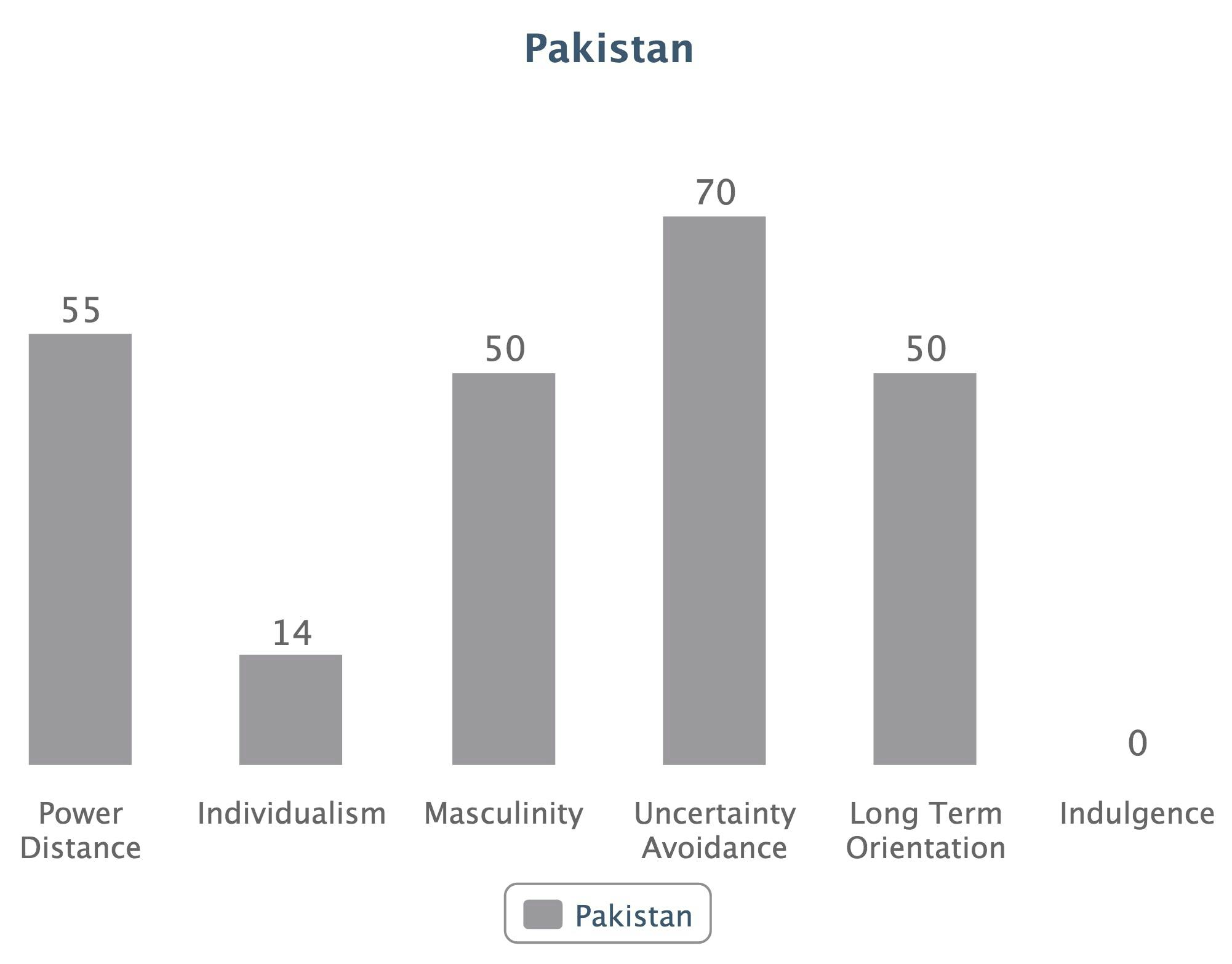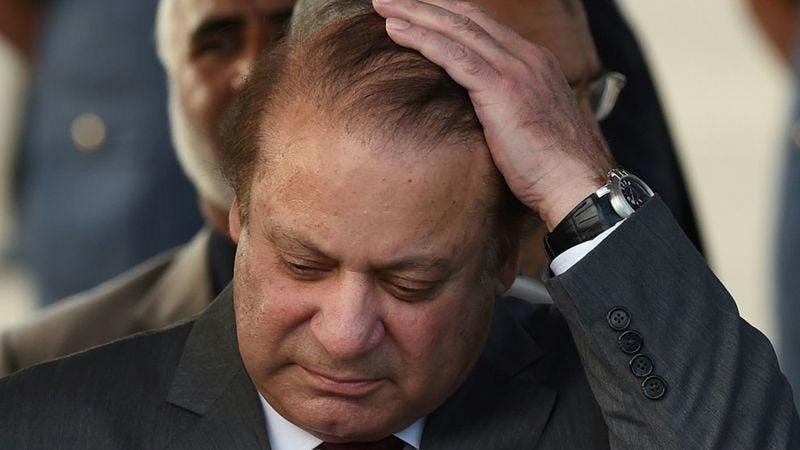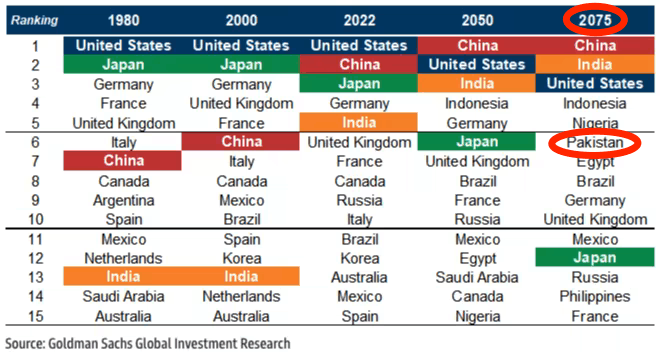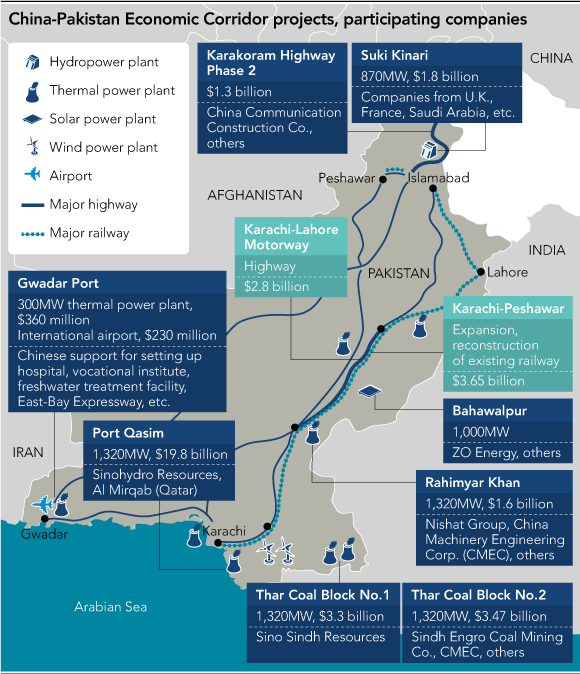Long Term Orientation in Pakistan: from Zero to 50 in 2 years

A miracle has happened – at least academically speaking.
For over 20 years, I have been teaching leadership to MBA students in Pakistan’s premier business schools in Islamabad (IIUI), Lahore (UMT) and Karachi (IBA, CBM, Szabist).
To teach the cultural aspect of leadership, I have been using a cultural tool developed by Geert-Hofstede, a Dutch social psychologist and the founder of comparative intercultural research.
Through various stages of development, the tool is now called 6-D Model. D for dimension.
One of the six dimensions is called Long Term Orientation (LTO).
The miracle is that while all these years, Pakistan’s score in LTO had been Zero (yes, 0), this year, it is now showing a score of 50.
It may not mean anything to you. But to me, it’s a miracle.
My alumni would remember that all these years I moaned about Pakistan’s lack of LTO (read this) and kept on contrasting it with China, India, US or even Bangladesh, hoping one day it will change.
Finally, it has changed.
The good thing is that I predicted this in my piece for The News on 14 August 2014. See: Wali on Pakistan of future. My wordings:
‘The second thing that will change in the Pakistan of future is that we will start talking about our current issues without unnecessary windows to the past. And more importantly, we will start planning for the future – both short and long term. Our TV talk shows will highlight the challenges we will face in 2025, 2040 or even 2050.’
The Geert-Hofstede 6-D Model is in real time and an interactive tool. Try it here.
This article has appeared in the Management Accountant, a journal of ICMA Pakistan, in its July-August 2015 issue.
Another independent data supported this.
UK’s The Guardian newspaper in early 2013 published a ranking of top 45 world economies, titled Future Orientation Index (read this). Germany topped the list, and Pakistan came last.
So, what has happened in the past couple of years that the Pakistan score changed from legendary Zero to a reasonably 50?
I tend to think Nawaz Sharif happened.
[Nearly all of the corporate executives and CEOs I have taught, trained or coached over decades are Sharif-hating and PTI-loving creature. But instead of trashing Sharif and leaving the post, keep reading it.]
With Sharif, came Pakistan Vision 2025 (I was part of the first V2025 planning meeting Minister Ahsan Iqbal convened at the Planning Commission Islamabad in August 2013).
My latest: Back to the future: Pakistan in 2050
In our neighbourhood, China, for the first time crossed USA in GDP (PPP) as the world’s largest economy.
For its currently expensive and long 13,000km Beijing to Persian Gulf sea route, China found a shorter route replacement: A 2,400km Kashgar-Gwadar CPEC (China-Pakistan Economic Corridor) land-based route.
China sealed this opportunity with $46 billion investment in Pakistan in President Xi Jinping’s Pakistan visit in April 2015.
CPEC is a 15-year initiative to be completed in four phases and through 40-plus early-harvest projects.
Now, this is future. This is Long Term.
With CPEC came SCO (Shanghai Cooperation Organisation). Led by China and Russia, Pakistan gained full-time membership in SCO. SCO is likely to change the destiny of the countries in the region.
And Xi is no ordinary Chinese leader. See our report on China’s leader: Xi Jinping: most powerful Chinese leader since Mao Zedong
With CPEC and SCO came China-led AIIB (Asian Infrastructure Investment Bank) that is likely to challenge The World Bank.
With 1.2 percent stake in AIIB, Pakistan became the founding member and the 17th largest shareholder. AIIB is going to change the rules of game in the world.
With this came Iran’s nuclear deal with the world powers, reshaping the ties between Iran and the West. Which means revival of Rs 1 trillion 2,775km Iran-Pakistan Gas Pipeline (IP Gas) and LNG smart gas projects.
Now, this is future. This is Long Term.
To be the neighbour of the superpower that is going to change the world isn’t bad, after all. How our scores compare with China on 6-D Model, above.
PS: There is still a worrying score: Zero on Indulgence. Shall we hope that it too will change over the coming 5-10 years?
Also: When Chinese Leadership style meets Pakistani: Wali’s Talk PPt for China Mobile/Zong strategy team
Subscribe to our YouTube channel: Wali Zahid
A tailpiece:
OPTIMISM: As an aside, in a 2015 PEW survey, over half of Pakistanis are now optimistic about their next generation that they will be better off than them. Good news, isn’t it?

Wali Zahid
Wali Zahid is a longtime China watcher and a Pakistan futurist. An award-winning journalist, he writes on issues of significance to Pakistan and CPEC & BRI.
Related posts


